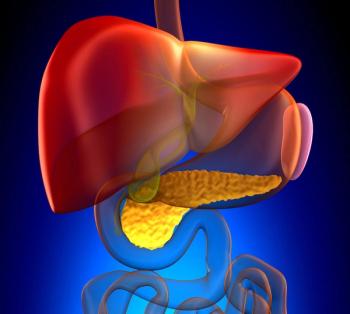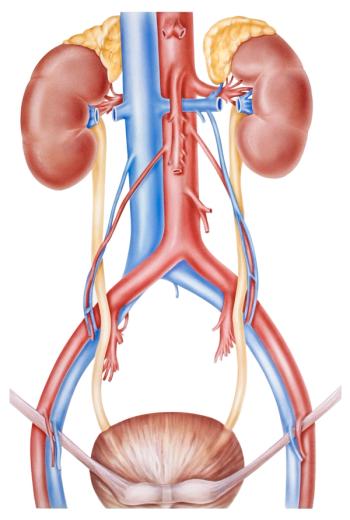
Leading Early Conversations About ICD Use in End-of-Life Cancer Care
Earlier and more frequent talks about disabling ICDs with patients receiving end-of-life care and their families may help avoid excessive pain.
Regarding implantable cardioverter defibrillators (ICDs) in those with fatal cancers, it is critical that patients know what having a device means and how it impacts end-of-life care, according to Megan Mullins, PhD, MPH.
CancerNetwork® spoke with Mullins, assistant professor in the Peter O’Donnell Jr. School of Public Health, the Harold C. Simmons Comprehensive Cancer Center, and the Department of Internal Medicine at UT Southwestern Medical Center, about how ICD deactivation prior to end-of-life care could impact clinical practice in patients with advanced cancers.
Mullins expressed that earlier and more frequent conversations with both patients and their families may help illustrate how ICD use could result in measures that are needlessly painful for patients with cancer experiencing end-of-life care. She emphasized that device deactivation would allow the body to undergo the natural dying process without unnecessary painful shocks associated with the use of the device.
Results from a
Furthermore, patients with an ICD in the last month of life were more likely to receive an invasive procedure (odds ratio [OR], 1.23; 95% CI, 1.22-1.36) or undergo a life-extending procedure (OR, 1.27; 95% CI, 1.11-1.46) than patients without an ICD.
Additionally, patients with ICDs had higher adjusted end-of-life hospital utilization odds, including for more than 1 emergency department visit (OR, 1.16; 95% CI, 1.01–1.32), more than 1 hospitalization (OR, 1.20; 95% CI, 1.03–1.39), at least 1 intensive care unit stay (OR, 1.17; 95% CI, 1.06–1.30), or dying in the hospital (OR, 1.27; 95% CI, 1.15–1.40).
Transcript:
The main clinical practice implication around these devices is ensuring that patients understand what having a device means and what implications that has for end-of-life care. In terms of practice change, [that would probably look like] earlier and more frequent conversations about the device, both with patients and family members, to make sure that they understand that even if the body is naturally dying, this device could keep your heart beating. At some point, we will have to decide to deactivate the device so the heart will stop beating, and if we do not, then there could be shocks that are forceful and painful for [the patient] as their body naturally goes through the dying process.
Reference
Mullins MA, Wang T, Shahan K, et al. Implantable cardioverter defibrillators in people dying with cancer: A SEER-Medicare analysis of ICD prevalence and association with aggressive end-of-life care. Cancer. 2024;131(1):e35640. doi:10.1002/cncr.35640
Newsletter
Stay up to date on recent advances in the multidisciplinary approach to cancer.














































































